The Los Pelambres copper mine in Coquimbo region of Chile is currently being expanded in two phases. The mine has been operating since 2000 and currently produces copper concentrates containing gold and silver and a separate molybdenum concentrate.
The $1.8bn expansion project, approved in November 2018, is expected to add an average of 60,000t of copper a year to the mine’s production over the first 15 years of operation.
Environment impact assessment (EIA) for the expansion project was approved in February 2018. Construction is expected to start in early-2019, while production from the first phase is anticipated to start in the second half of 2021. Copper production from the second phase is anticipated to start in 2022.
Minera Los Pelambres, a contractual mining company owned and managed by Antofagasta Minerals, is the project developer. Antofagasta holds 60% interest in the project through Antofagasta Minerals, while the remaining stake is held by a Japanese consortium comprising JX Nippon and Mitsubishi Materials, Marubeni, Mitsubishi Corp, and Mitsui & Co.
Project Gallery
-
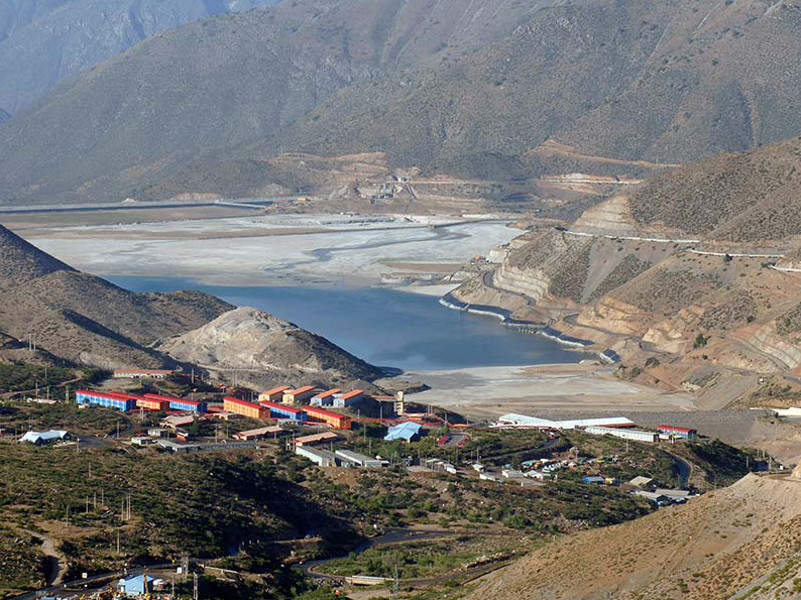
Los Pelambres copper mine is located in Chile, one of the biggest copper producing countries in the world. Image courtesy of Antofagasta.
-
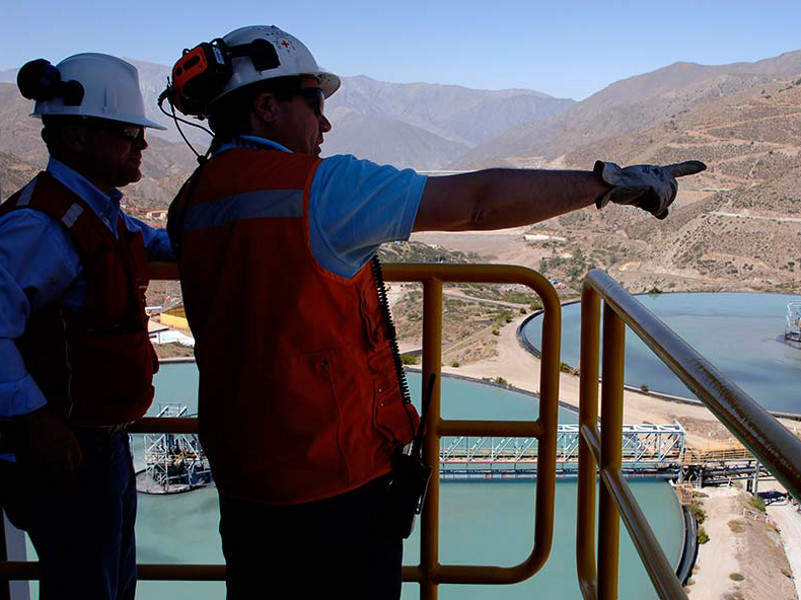
Antofagasta owns 60% interest in the project, while a consortium led by JX Nippon and Mitsubishi owns the remaining 40%. Image courtesy of Antofagasta.
-
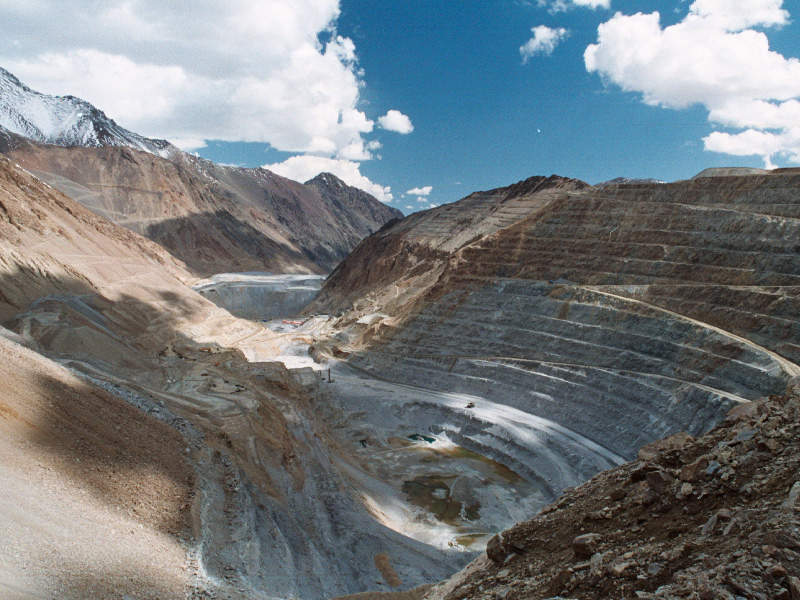
Copper produced at Los Pelambres mine is sold to Japan, China, rest of Asia, and Europe. Image courtesy of Pelambres.
-
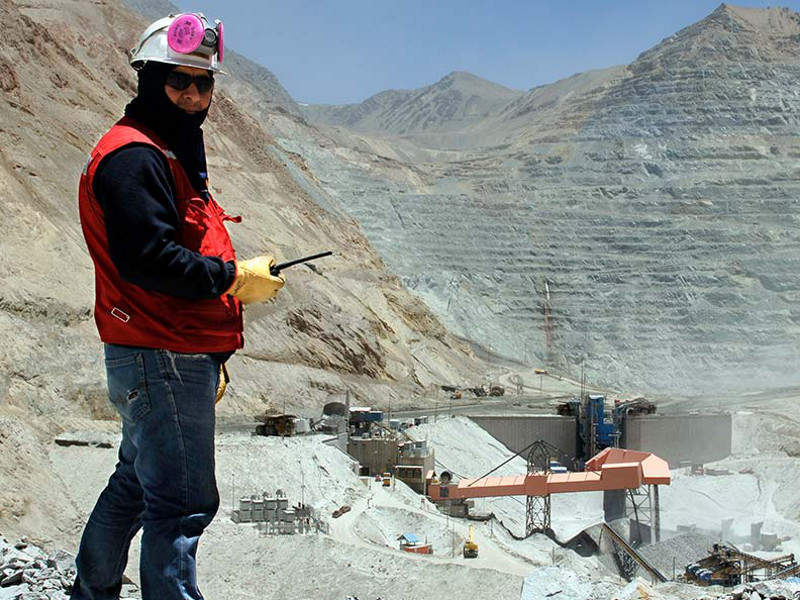
The mine produced 343,800t of copper concentrate and 10,500t of molybdenum concentrate in 2017. Image courtesy of Antofagasta.
-
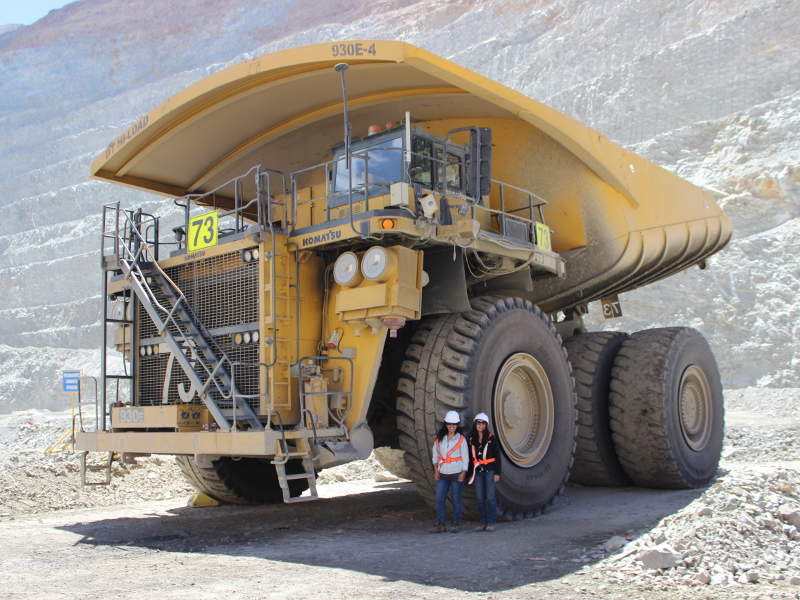
Komatsu haul trucks are being used at the open-pit mine. Image courtesy of Pelambres.
-
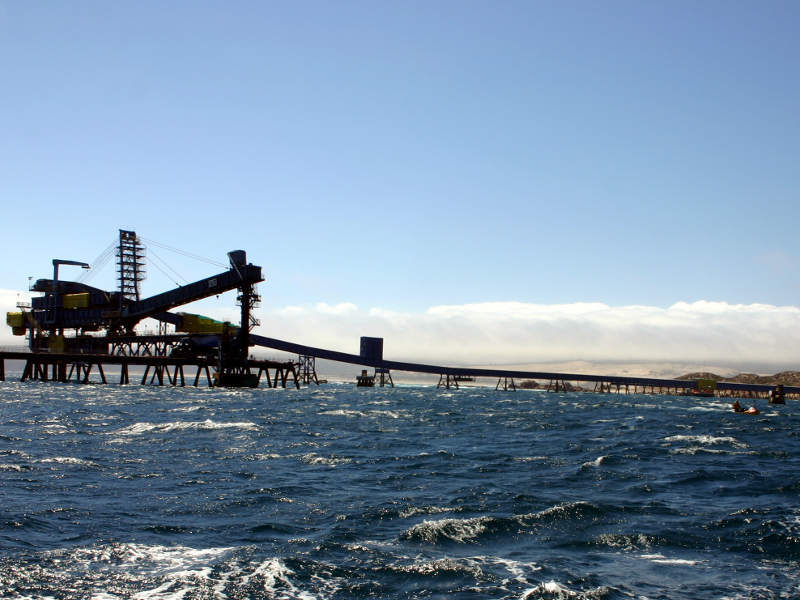
Copper from Los Pelambres will be shipped through the Punta Chungo port. Image courtesy of Pelambres.
Los Pelambres project reserves
The Los Pelambres copper mine is estimated to contain 1.2 billion tonnes of proven and probable ore reserves grading 0.06% copper, 0.02% molybdenum and 0.05% gold as of 2017.
Los Pelambres project expansion
Los Pelambres is located approximately 45km east from the city of Salamanca and 200km north of Santiago, Coquimbo, Chile. The two-phased expansion project will include the addition of a new semi-autogenous (SAG) mill, ball mill, and corresponding flotation circuit with 24 additional cells.
The first phase, referred to as complementary infrastructure project (INCO), is focused on optimising the production and eliminating the risks arising from the current operating and environmental permits.
A new grinding line and a new flotation line will be installed at the existing Piuquenes plant to increase the ore processing capacity from 175,000tpd to 190,000tpd. The new additions are expected to increase the company’s fine copper production by 60,000tpa from the second half of 2021.
A reverse osmosis (RO) desalination plant, with a processing capacity of up to 400 litres per second of industrial water, is also proposed to be constructed adjacent to the Punta Chungo port in Los Vilos. The desalinated water will be transported to the existing water recirculation facilities near the El Mauro tailings dam through a 61km-long buried pipeline.
The first phase is estimated to involve a capital expenditure of approximately $1.3bn, of which $600m is allocated for strengthening the milling and flotation. The remaining amount is allocated for the desalination plant and the water impulsion system.
The second phase of expansion is expected to increase copper production from the mine by 35,000t a year. A new environmental impact assessment (EIA) will also be undertaken to increase the capacity of El Mauro tailings storage facility and create new mine waste dumps.
Estimated to cost approximately $500m, the second phase will include additional mining equipment for increasing the crushing and grinding capacity, and flotation cells.
Mining and ore processing
Conventional open-pit method of mining, involving drilling and blasting following by loading and hauling is currently applied at Los Pelambres.
Ore from the mine is crushed in the primary crusher and forwarded to the stockpile by means a conveyor belt. It is then crushed to a fine size using three SAG mills and four ball mills.
The finely crushed ore is subject to floatation, wherein reagents and water are added to the sulfurised copper. The resultant product undergoes mineral agitation before being taken to the concentrator for producing copper concentrate.
The copper concentrate is forwarded via a pipeline to the Punta Chungo port in Los Vilos, where it undergoes drying process for moisture removal. The final product is shipped to the Asian and European markets.
Molybdenum is also produced by using flotation process and the final concentrate is sold to roasters for further processing and refining.
Copper and molybdenum production from Los Pelambres
The mine produced 343,800t of copper concentrate and 10,500t of molybdenum concentrate in 2017. It is forecasted to produce between 345,000t and 355,000t of copper, 60,000t-70,000t of gold, and10,000t-11,000t of molybdenum in 2018.
Infrastructure facilities at Los Pelambres
Power supply for the mine is provided by SunEdison from its Javiera solar photovoltaic project under a long-term power purchase agreement (PPA) entered in 2015.
The expansion project will use the existing infrastructure facilities at Los Pelambres.
Contractors involved with the Los Pelambres copper mine
Ferrocarril de Antofagasta a Bolivia (FCAB) is providing rail and truck services at the copper mine, while Antofagasta Terminal Internacional (ATI) is responsible for the port operations.
HighService Engineering and Construction (HSIC) is conducting industrial assembly work, mainly mechanics and structure, at the project.
Bechtel built the original copper concentrator at the Los Pelambres mine, which was followed by installation of a $40m pebble crusher in 2001 and additional conveying, grinding, and flotation equipment. It also participated in the Repower II expansion project, which increased the concentrator's capacity by 20% from 132,000 to 159,000 metric tons a day.
Bechtel subcontracted CiDRA Minerals Processing for the supply of SONARtrac® process monitoring systems to Minera Los Pelambres.
